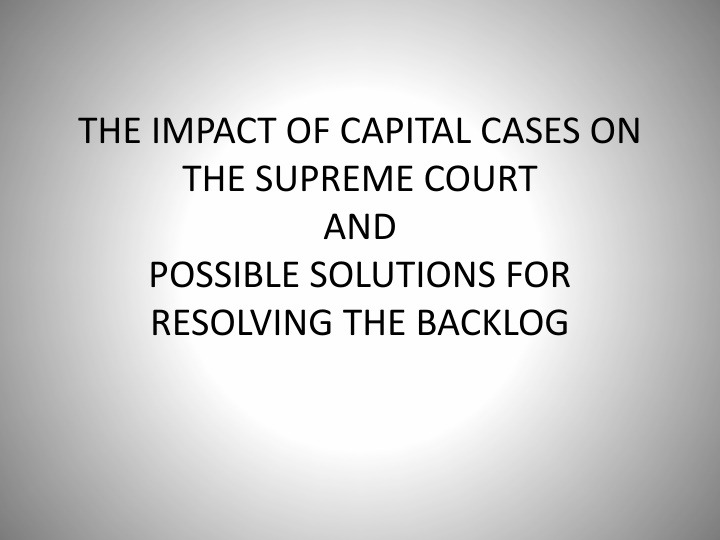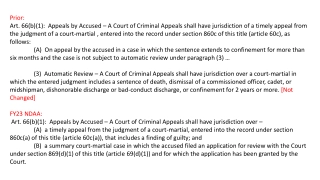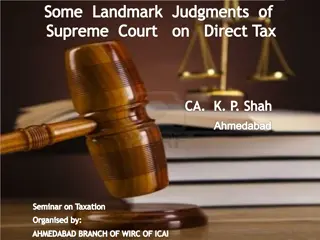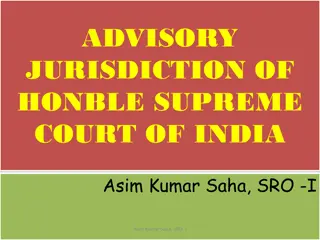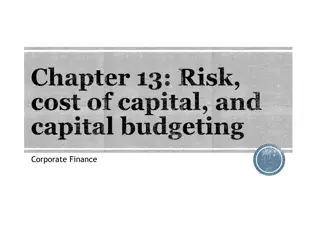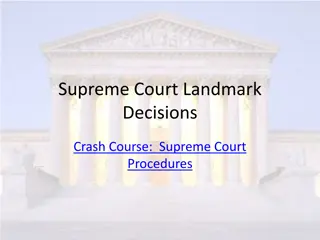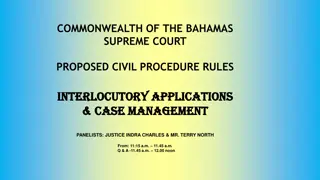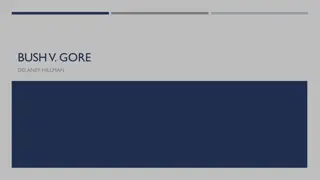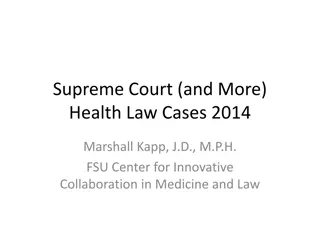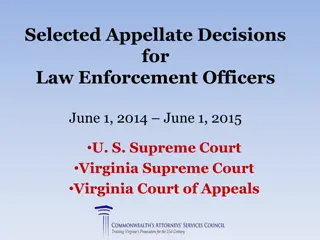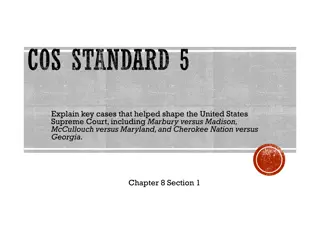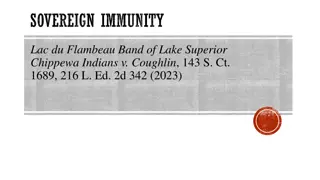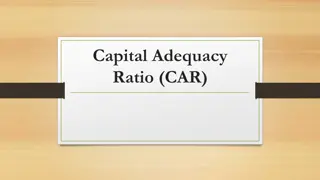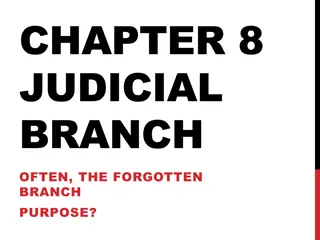The Impact of Capital Cases on the Supreme Court
Delve into the profound impact of capital cases on the Supreme Court, exploring the backlog issue and potential solutions. Uncover statistics, the process from trial to appeal, and the resources allocated to handle these complex cases.
Uploaded on Oct 02, 2024 | 0 Views
Download Presentation

Please find below an Image/Link to download the presentation.
The content on the website is provided AS IS for your information and personal use only. It may not be sold, licensed, or shared on other websites without obtaining consent from the author.If you encounter any issues during the download, it is possible that the publisher has removed the file from their server.
You are allowed to download the files provided on this website for personal or commercial use, subject to the condition that they are used lawfully. All files are the property of their respective owners.
The content on the website is provided AS IS for your information and personal use only. It may not be sold, licensed, or shared on other websites without obtaining consent from the author.
E N D
Presentation Transcript
THE IMPACT OF CAPITAL CASES ON THE SUPREME COURT AND POSSIBLE SOLUTIONS FOR RESOLVING THE BACKLOG
The Two Parts of the Topic This is an interactive presentation. The first part, the impact of capital cases, belongs to us. The second part, possible solutions for the backlog, belongs to you.
The Impact of Capital Cases What is a capital case? First degree murder with special circumstances.
Lets Run Some Numbers Last year, in the superior court there were about 200,000 unlimited civil filings and about 240,000 felony filings resulting in about 20 judgments of death.
Lets Run Some More Numbers Population of Death Row = about 750. Pending automatic appeals, with counsel = about 290, without counsel = about 90; time to appointment = about 4 years. Pending habeas corpus proceedings, with counsel = about 150, without counsel = about 350; time to appointment = about 10 years (but with some waiting many more years). Pending California capital cases in federal court = about 240.
Where the Numbers End Up All judgments of death are automatically appealed to the Supreme Court the major exception to discretionary review and all habeas corpus petitions challenging such judgments are filed there. Last year, about 20 automatic appeals and 50 capital habeas corpus petitions were filed in the Supreme Court. They do not stand alone. About 350 automatic appeals and 200 capital habeas corpus petitions are pending in the Supreme Court.
Supreme Court Resources One Chief Justice with a staff of 8 attorneys Six Associate Justices each with a staff of 5 attorneys Capital Central Staff with 9 attorneys including a director Clerk s Office Automatic Appeals Unit Supervisor and 2 clerks, Automatic Appeals Monitor, Appointed Counsel Claims Administrator
Capital Central Staff Its Creation Its Current Configuration
Steps to Disposition: Automatic Appeals Appointing Counsel (about 4 years post judgment) Record Correction and Filing With the Court Motions Briefing Court s Internal Deliberations Oral Argument (about 3 years post appointment) Opinion Petition for Rehearing
Steps to Disposition: Habeas Corpus Appointing Counsel (about 10 years post judgment) Presumptively Timely Period Shell Petitions Filing the Petition and Exhibits Informal Briefing Court s Internal Deliberations Order Denying or Issuing an Order to Show Cause (about 2 years post petition) Briefing Reference Hearings & Referee s Findings Briefing Oral Argument Opinion Petition for Rehearing Subsequent Petitions
The Backlog . . . There are 550 capital matters pending in the Supreme Court Compared to about 100 non-capital matters pending in the Supreme Court following its grant of review.
. . . And Its Impact By way of example, in recent years Capital matters: More than 20% of all opinions and 40% of total pages. Non-capital matters: Less than 80% of all opinions and 60% of total pages.
Possible Solutions for the Backlog This is the second part of the topic. This part belongs to you. Good luck.
